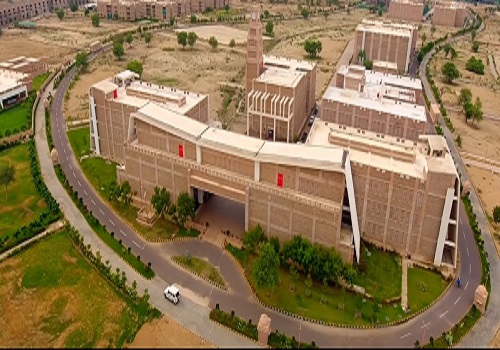Wind energy may enhance coolant power needs in nuclear plants: IIT Jodhpur

Follow us Now on Telegram ! Get daily 10 - 12 important updates on Business, Finance and Investment. Join our Telegram Channel
Realising the significance of cooling power sources in nuclear power plants safety based on the historical nuke disasters, an international team led by researchers at the Indian Institute of Technology (IIT) Jodhpur have proposed offshore wind farms as seismically resilient alternate power sources.
By utilising sustainable wind power, the researchers demonstrated the feasibility of strengthening the reliability of cooling power at Madras Atomic Power Station in Chennai.
The proposed methodology, published in an article in the journal Nuclear Engineering and Design, involves a series of stages.
It commences with the estimation of coolant power needs in nuclear reactors, followed by the design of an offshore wind turbine and its corresponding infrastructure.
Finally, a seismic safety evaluation was conducted on the selected offshore wind turbine site, considering different scenario levels.
The researchers, including from universities of Surrey in UK, Tsinghua, as well as Institute of Engineering Mechanics in China, stated that the proposed 15 MW offshore wind farm with three NREL 5 MW turbines supported by monopile foundations at the Kalpakkam area could potentially act as the additional emergency backup power source for meeting the cooling power requirements of existing nuclear power plants.
The offshore wind turbines monopile foundation was analysed under anticipated dynamic loading conditions considering the soil nonlinearity and seismic liquefaction employing the state-of-the-art numerical models.
The nonlinear integrated seismic analyses conducted on the proposed offshore wind turbines depicted acceptable seismic performance on comparing the monopile mudline displacements and bending moments.
"Given India's pursuit of nuclear energy development and the inevitable presence of seismic and tsunami threats in close proximity, it becomes imperative to enhance the safety of nuclear structures to the highest degree possible," said Dr Pradeep Kumar Dammala, Assistant Professor, Department of Civil and Infrastructure Engineering, IIT Jodhpur, in a statement.
"This suggested approach serves as an excellent framework for evaluating the seismic resilience of nuclear power plants and the integration of wind energy sources during interconnected events like earthquakes and tsunamis," he added.
Among India's seven Nuclear Power Plants, five are located in seismically active zones III and IV, with three in coastal areas prone to hazards like tsunamis and cyclones. The Madras Atomic Power Station in Kalpakkam, housing two 220 MW FBRs, serves as an example.












 320-x-100_uti_gold.jpg" alt="Advertisement">
320-x-100_uti_gold.jpg" alt="Advertisement">












